The Art of Scented Gardening: Designing Your Fragrant Oasis
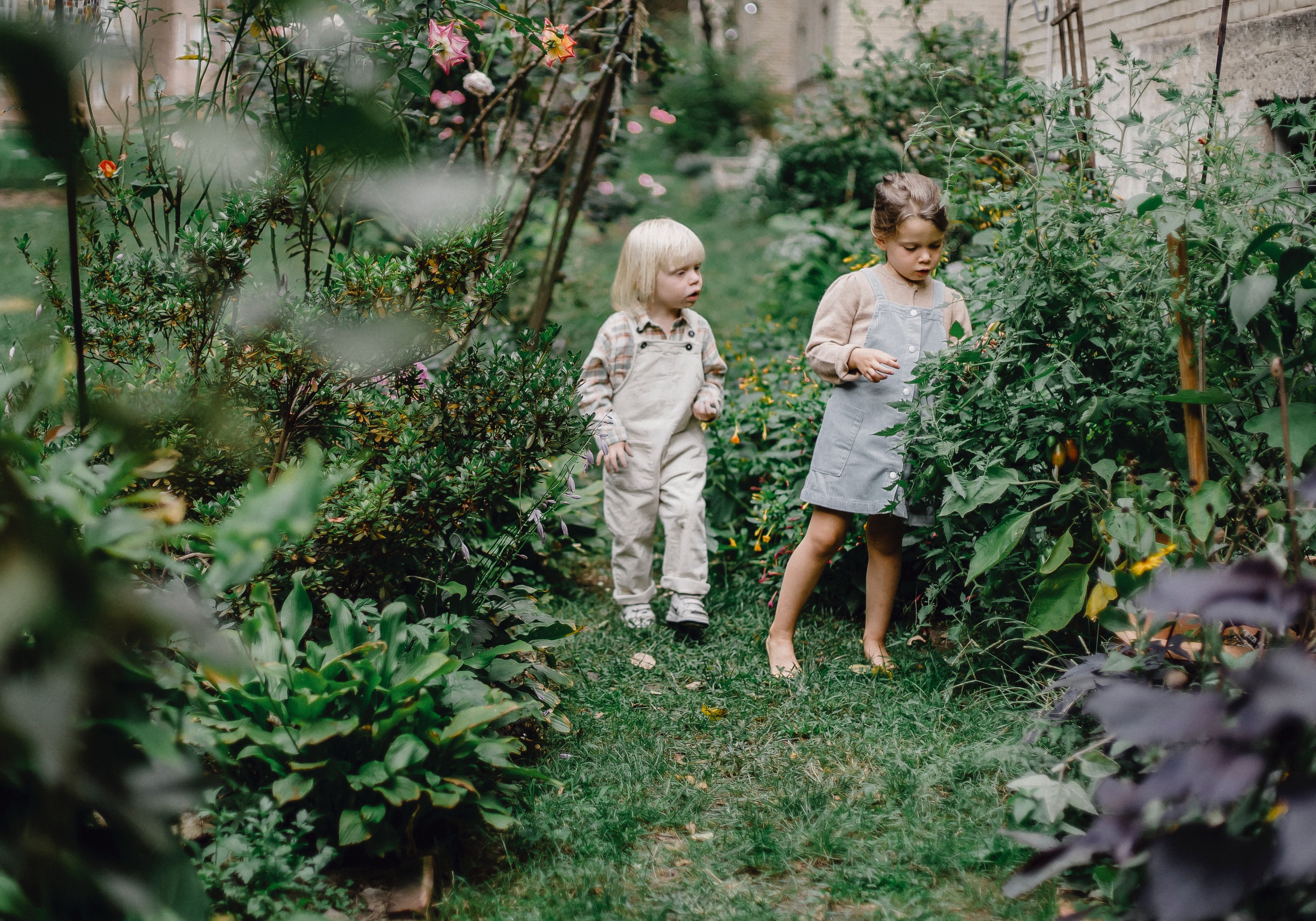
When you step into a garden, it's not just the visual beauty that can captivate your senses. The art of scented gardening adds a whole new dimension to the experience, turning your outdoor space into a fragrant oasis. Imagine being enveloped in the sweet, soothing, and invigorating scents of nature right in your backyard. In this article, we will explore the enchanting world of scented gardening, from selecting the right plants to creating a harmonious garden design that engages your olfactory senses. Whether you're a seasoned gardener or a novice, get ready to embark on a fragrant journey that will elevate your gardening experience.
The Power of Scents:Before delving into the specifics of scented gardening, it's essential to understand the profound impact scents can have on our well-being. Fragrances can trigger memories, influence moods, and even promote relaxation. In a garden, scents can transport us to different places and times, offering a multisensory experience like no other.
Selecting Fragrant Plants
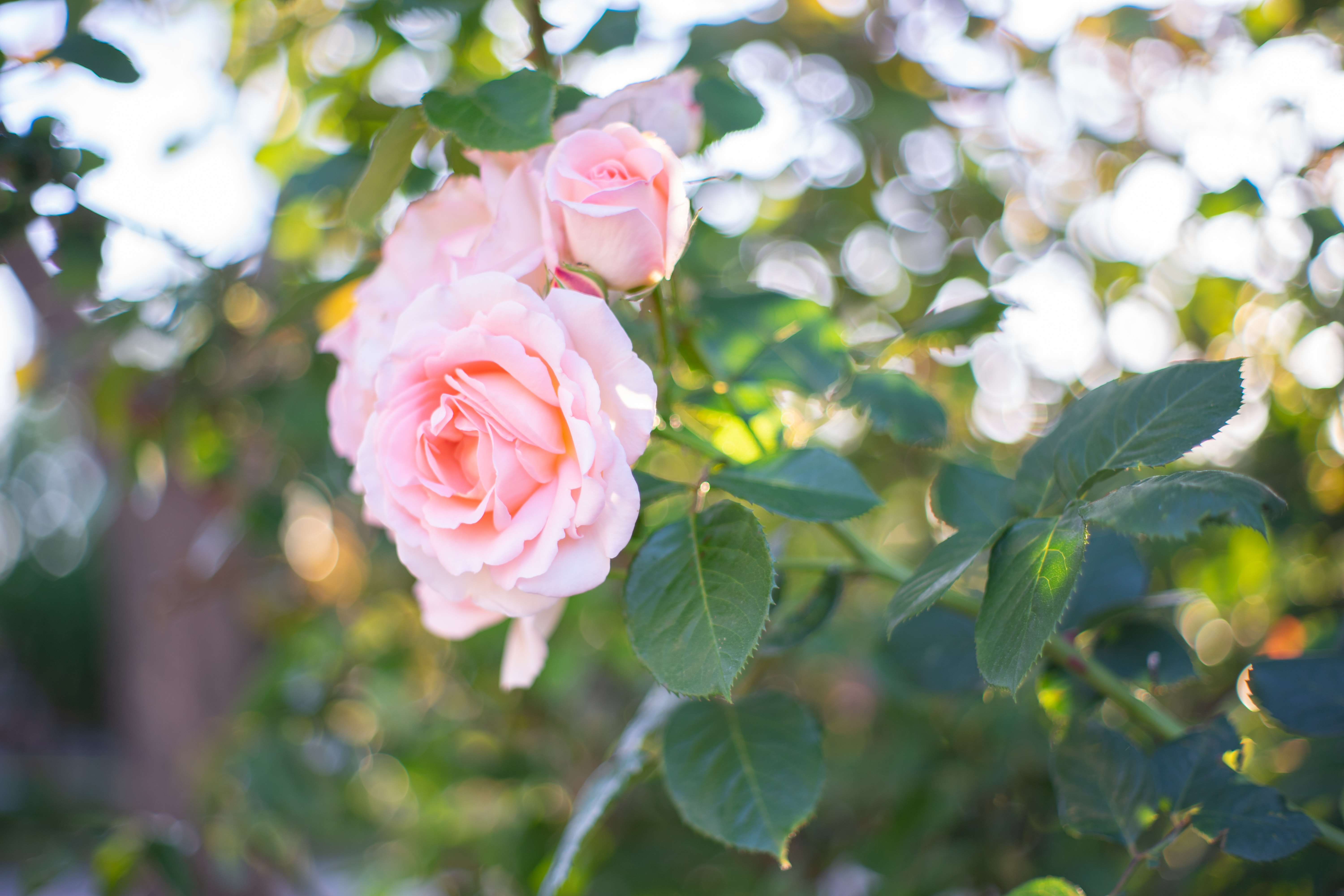
Roses: Roses have been celebrated for their exquisite fragrance for centuries. From classic varieties like the Damask rose to modern hybrids, there's a rose for every garden. Their fragrance ranges from sweet and fruity to spicy and earthy, making them a versatile choice.
Lavender: Lavender is known for its calming scent and beautiful purple blooms. It's perfect for creating a serene and aromatic garden space. Be sure to plant it in well-drained soil to thrive.
Jasmine: With its intoxicatingly sweet scent, jasmine is a favorite for scented gardens. Consider growing it on trellises or arbors to enjoy its fragrance in the evening breeze.
Lilacs: Lilacs herald the arrival of spring with their heady aroma. These deciduous shrubs come in various colors, and their scent is nothing short of enchanting.
Mint: Mint plants not only provide a refreshing scent but also serve practical purposes in the kitchen. Plant different varieties like peppermint and spearmint to enjoy a diverse range of fragrances.
Herbs: Many herbs, such as basil, thyme, and rosemary, emit delightful scents when their leaves are crushed or brushed against. They are not only fragrant but also useful for cooking.
Citrus Trees: Lemon, orange, and lime trees bring a touch of the Mediterranean to your garden with their zesty, invigorating scents. Plus, they provide fresh fruit!
Designing Your Fragrant Oasis
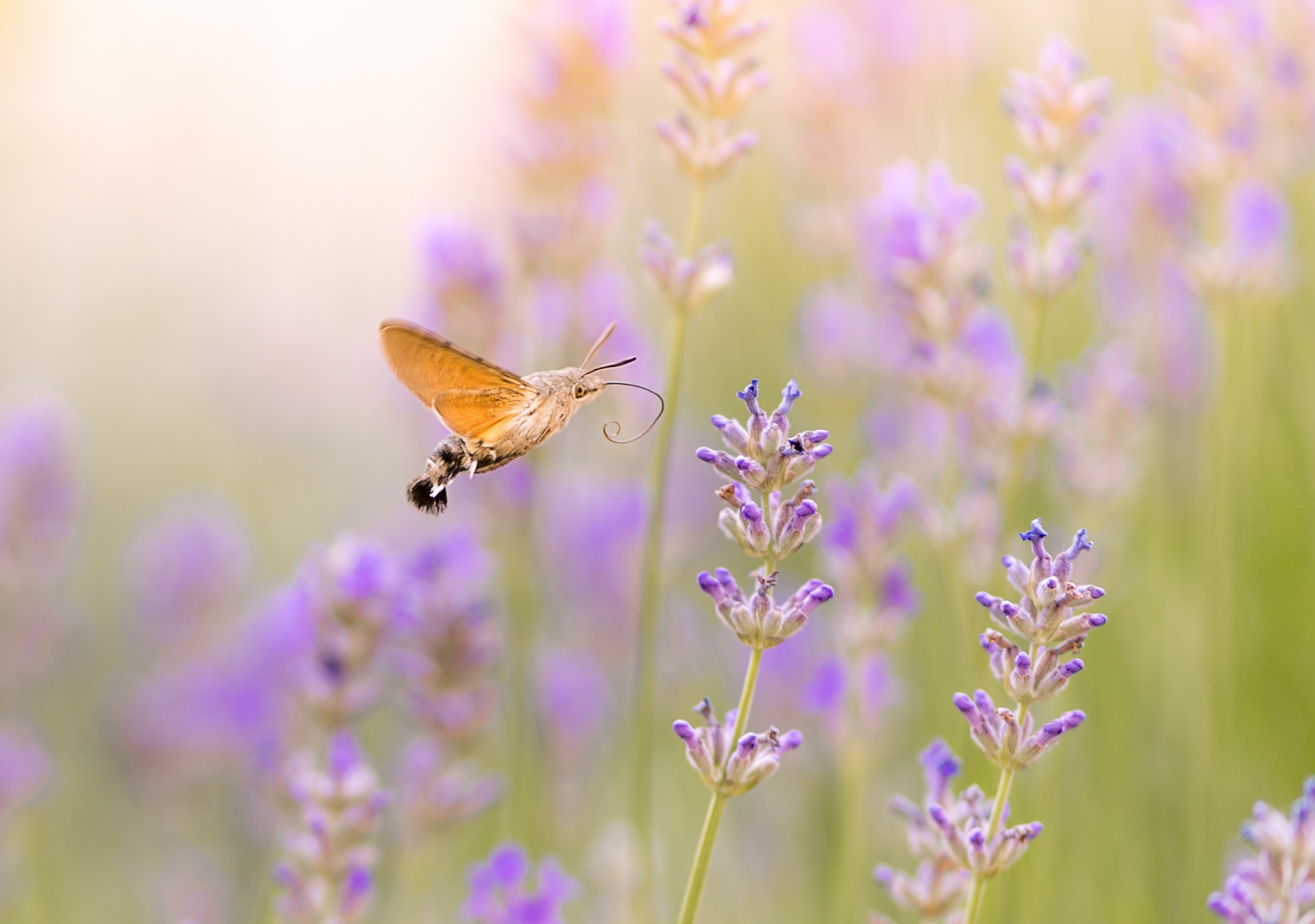
Once you've selected the right fragrant plants, it's time to design your garden for an optimal olfactory experience. Here are some design considerations:
1. Plant Placement: Arrange your scented plants strategically, considering their height, growth habits, and compatibility. Taller plants can create a backdrop for shorter ones, and complementary scents can be grouped together for a harmonious blend.
2. Pathways: Incorporate winding pathways that allow you to stroll through your garden, brushing against scented foliage as you go. Use materials like gravel or stepping stones to create a defined route.
3. Seating Areas: Include seating areas where you can relax and immerse yourself in the scents of your garden. Consider placing benches or cozy chairs near the most fragrant plants.
4. Water Features: The sound of flowing water adds another layer of sensory delight to your garden. A small fountain or pond can enhance the overall experience.
5. Evening Enjoyment: Don't forget to design your garden for nighttime enjoyment. Plant night-blooming flowers and consider installing outdoor lighting to create an enchanting atmosphere after the sun sets.
Caring for Your Fragrant Garden
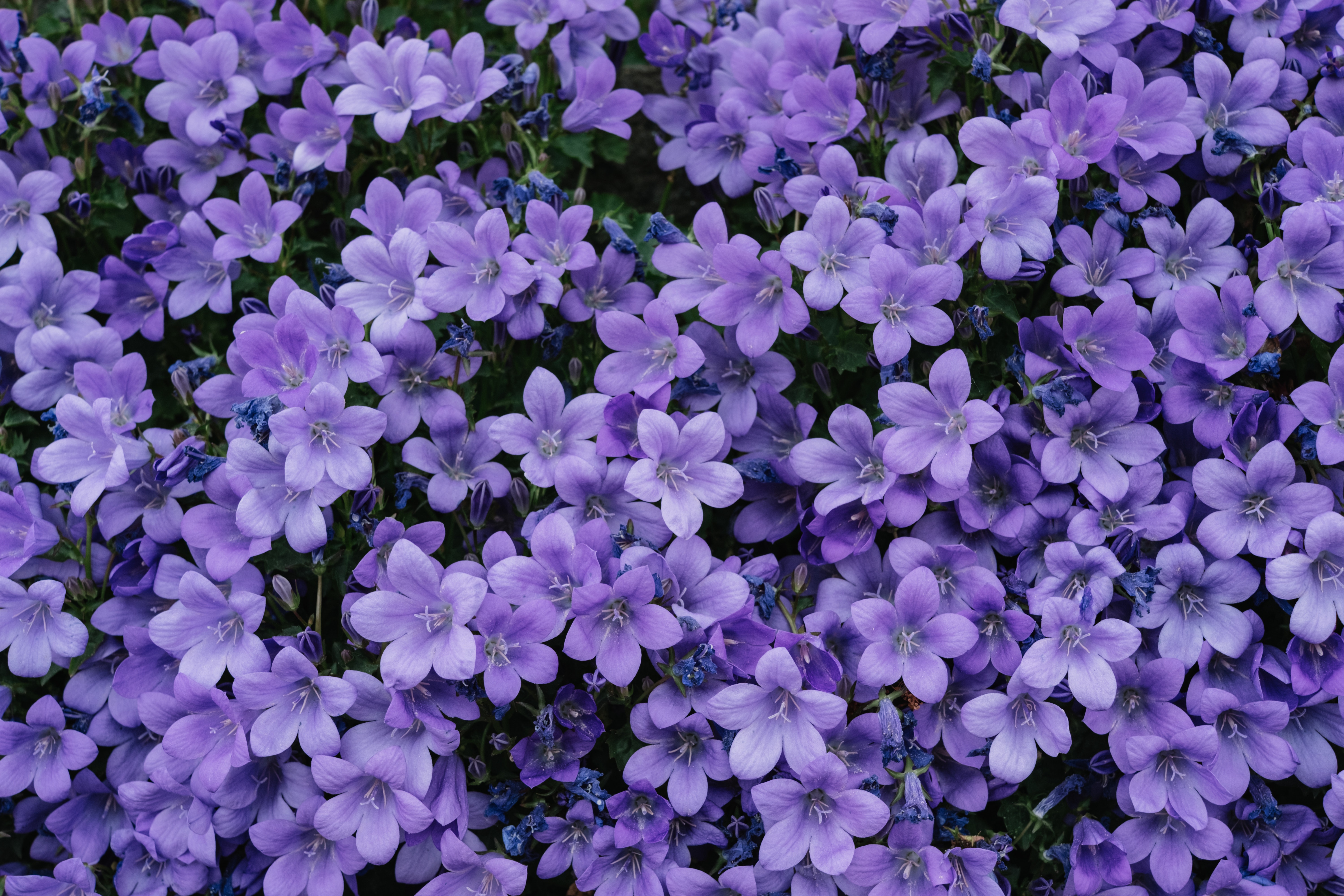
To maintain the beauty and fragrance of your garden, proper care is essential:
1. Regular Pruning: Prune your scented plants as needed to maintain their shape and encourage healthy growth. Pruning also helps release more fragrance as it stimulates new growth.
2. Watering: Be consistent with your watering routine, as most scented plants appreciate evenly moist soil. However, be cautious not to overwater, as root rot can be detrimental.
3. Fertilization: Use a balanced, slow-release fertilizer to ensure your plants receive essential nutrients. Follow specific guidelines for each plant type.
4. Mulching: Apply a layer of organic mulch around your scented plants to retain moisture, suppress weeds, and regulate soil temperature.
5. Pest Control: Keep an eye out for common garden pests, like aphids and spider mites, and take prompt action to prevent infestations.
Enhancing Your Fragrant Garden
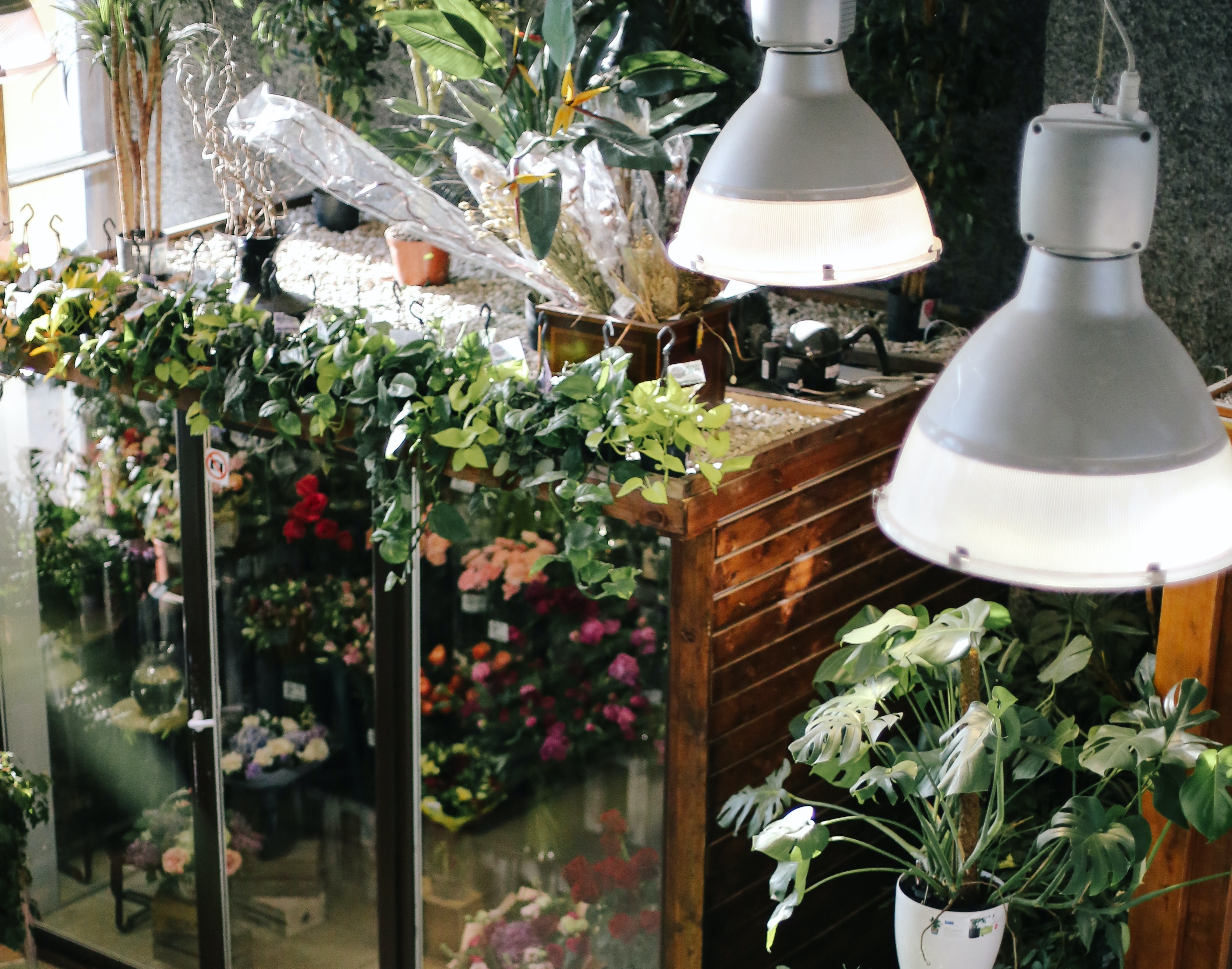
To take your scented garden to the next level, consider these additional tips:
1. Companion Planting: Certain plants complement each other not only in appearance but also in scent. For example, plant lavender and rosemary together for a delightful blend of herbal fragrances. Research companion planting strategies to create synergistic scent combinations.
2. Scented Hedges: Use fragrant shrubs like lilac, mock orange, or viburnum to create scented hedges or borders. These not only add structure to your garden but also release their fragrances into the air.
3. Aromatherapy: Make the most of your garden's scents by incorporating them into your daily routine. Snip fresh herbs for tea or culinary dishes, create homemade potpourri, or harvest flowers to make scented oils or candles.
4. Seasonal Pruning: Pruning isn't just about maintenance; it can also be an opportunity to enjoy the scent of your plants. Whenever you trim your fragrant plants, save some clippings to bring indoors and enjoy their scent in your living spaces.
5. Educate Yourself: Continue learning about scented gardening by exploring books, online resources, or joining gardening clubs. Sharing experiences and knowledge with fellow garden enthusiasts can be both enriching and inspiring.
More
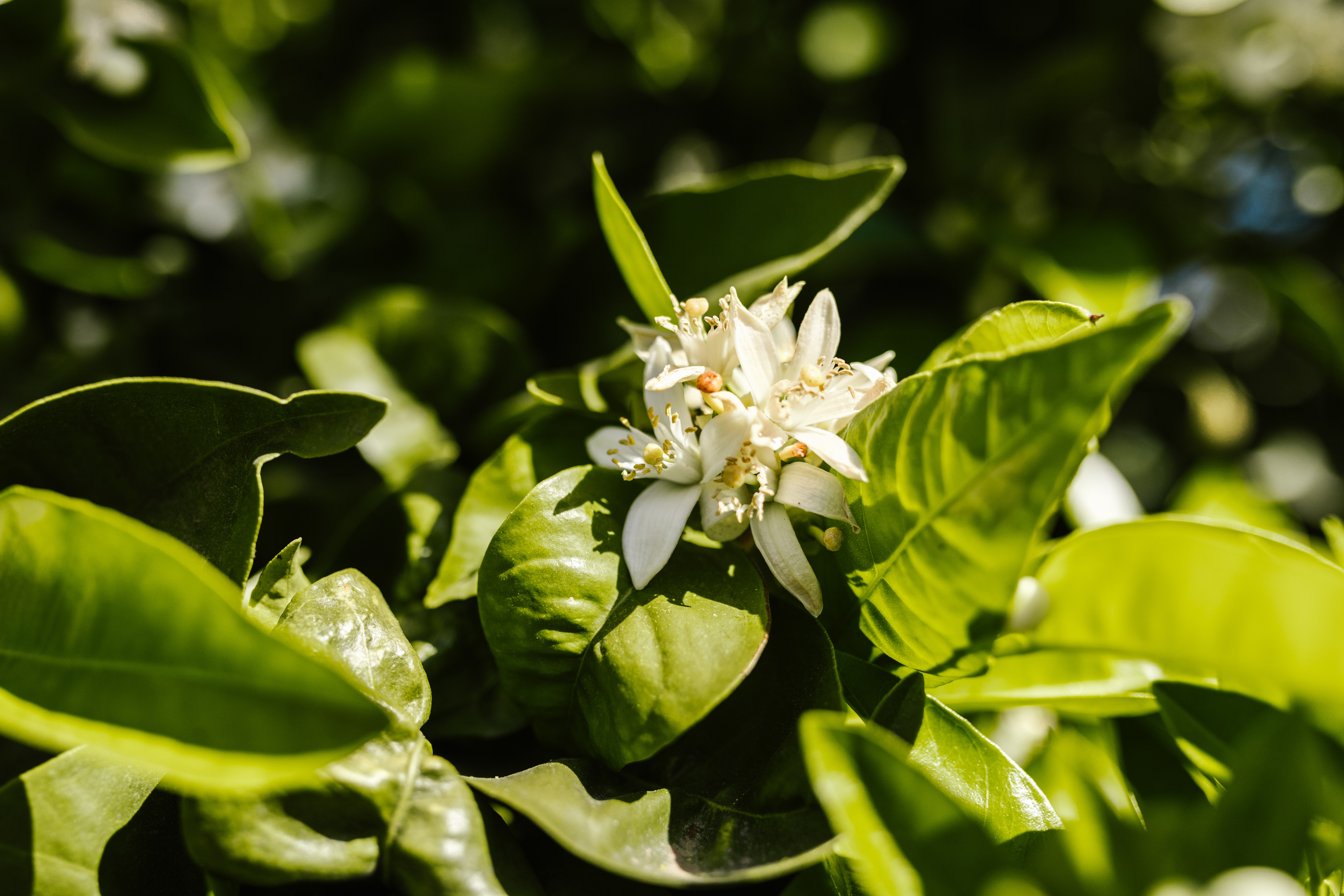
Inviting Wildlife: A fragrant garden not only pleases human senses but also attracts a variety of wildlife. Fragrant flowers like lavender, salvia, and coneflowers entice pollinators such as butterflies and bees, enhancing the ecological balance of your garden. Consider incorporating a small water feature or bird bath to attract birds, adding their songs to the symphony of scents.
Scented Garden Themes:Get creative with themed scented gardens. For instance, create a Mediterranean-inspired garden with aromatic herbs like rosemary and oregano. Or go for a romantic English cottage garden featuring roses, peonies, and sweet peas. Thematic gardens provide a unique sensory experience and add character to your outdoor space.
Aromatic Garden Decor:Include decorative elements like aromatic wooden benches, wind chimes, or garden sculptures. These not only add visual interest but also engage your sense of touch and sound, enhancing the overall sensory experience.
Sharing the Experience: Share the joy of your scented garden with friends and family. Host gatherings or outdoor dinners amidst the fragrant blooms to create lasting memories. Encourage loved ones to engage with the garden, whether through a joint planting project or by gifting them cuttings or seeds from your fragrant plants.
In conclusion, the art of scented gardening goes beyond planting flowers; it's about cultivating an immersive sensory experience. By embracing the principles of plant selection, thoughtful design, and continuous care, you can create a fragrant oasis that enriches your life and connects you with the beauty of the natural world. May your scented garden become a source of inspiration, relaxation, and wonder for all who enter its fragrant embrace. Happy gardening!




Submit your email and confirm subscription to receive the download link, along with more e-books and helpful tips.
Don't worry, you can unsubscribe at any time
We Value Your Privacy And Your Information Is Never Shared
This site is not a part of the Facebook website or Facebook Inc. Additionally, this site is NOT endorsed by Facebook in any way. FACEBOOK is a trademark of FACEBOOK, Inc.
